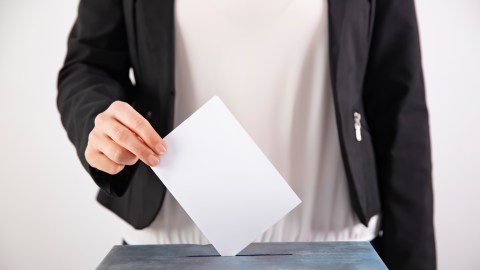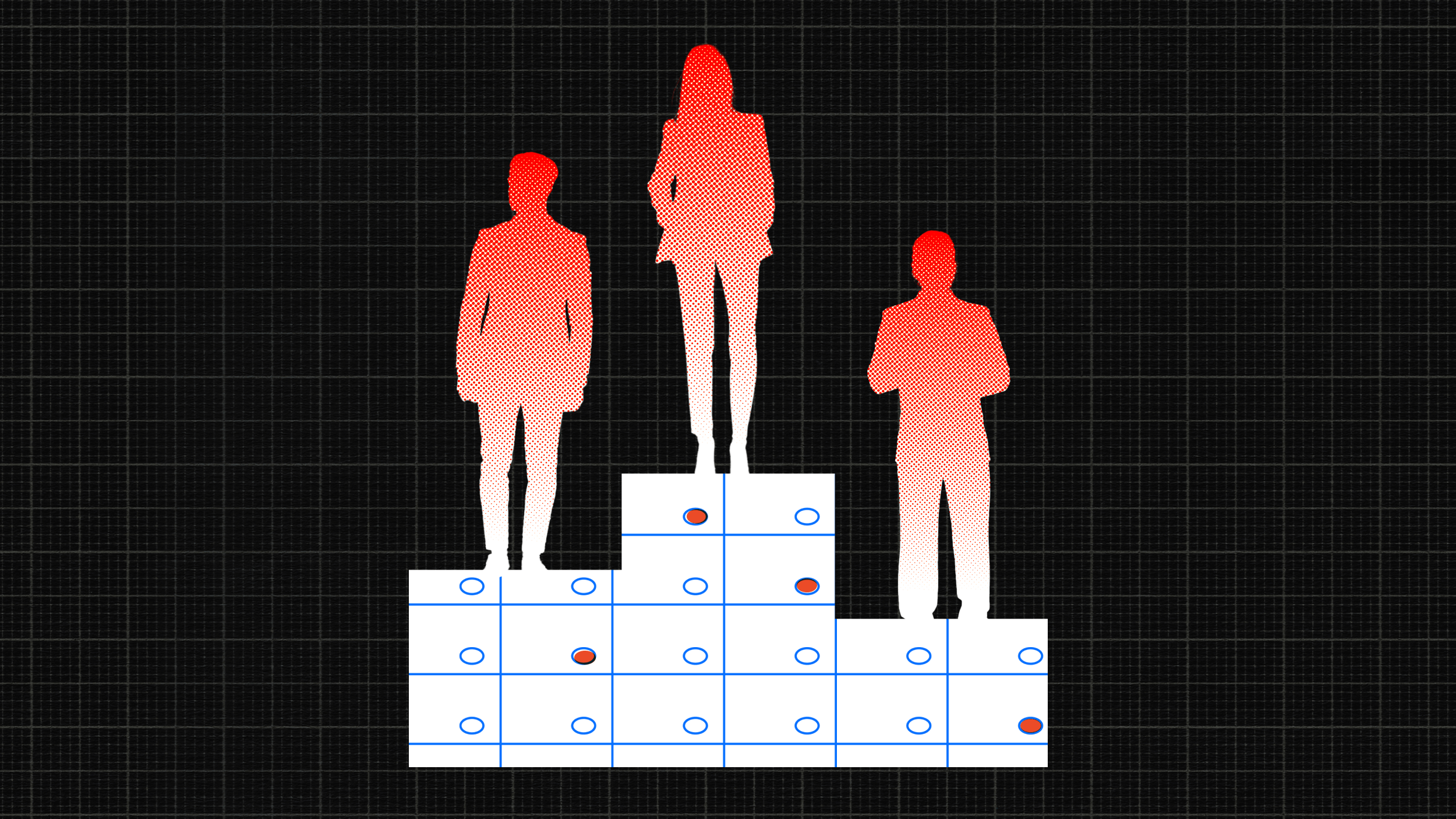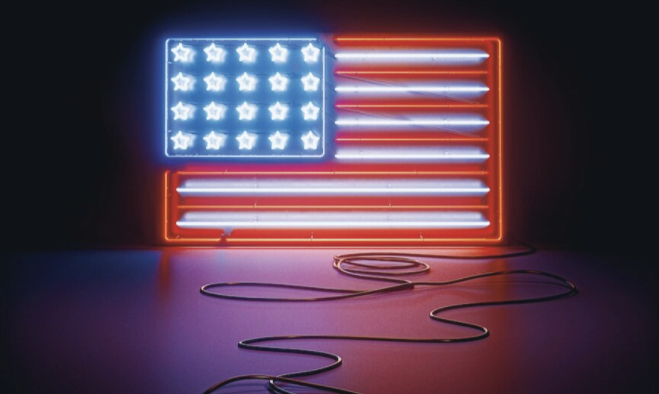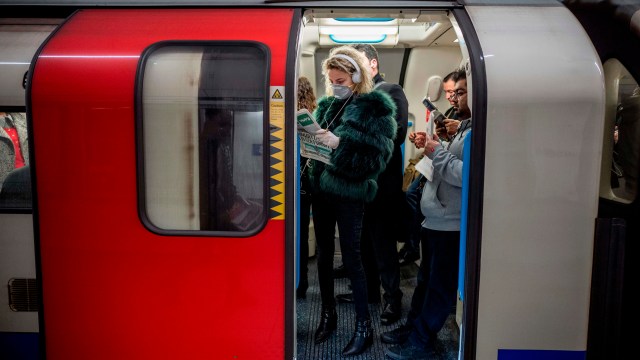Can sending a postcard to eligible voters increase turnout?

By Melinda Nagy and Shutterstock
- An experiment in getting more people to register to vote in Pennsylvania shows that a simple postcard can get big results.
- Just mailing a reminder to those who were eligible to register increased registration rates by 15 percent.
- The study is one of the first to seriously look at registration drives.
For as much as Americans like to advertise that they live in the “land of the free” and sing the praises of democracy, they are terrible at actually voting. American voter turnout is dismally low compared to other industrialized nations, and voter turnout in a presidential election was last above 60 percent in 1968.
At least part of the reason for this is the almost unique system of first needing to register to vote. This system has been identified as a factor in why voter turnout is often low. Many people simply don’t know how to register, others don’t know that they need to, and still more cannot be bothered to do so.
However, a new study seeking new ways to improve voter turnout at low cost has found that voter turnout can be substantially increased among those who begin as unregistered for little more than the price of a postage stamp.
The study, carried out by political scientists from major American universities with the State of Pennsylvania’s assistance, sent postcards to eligible but unregistered (EBU) Pennsylvanians to see if they would register to vote at higher rates than those who were not sent a card.
Pennsylvania is part of the Electronic Registration Information Center (ERIC) collection of states. This group, consisting of several states and Pew Charitable trusts, exists to improve registration rates and voter rolls’ accuracy. The states in ERIC all agreed to make serious efforts to reach out to at least 95 percent of all of their eligible but unregistered voters before each election. This means that they have a list of these people, something other states lack.
Taking advantage of this situation, the authors of the study devised a variety of postcards to send to EBUs to satisfy the state’s obligations to mail out to the required 95 percent of EBUs and used the remaining 5 percent as a control group.
The simplest postcards explained how easy it was to register to vote online and provided the required web address. More complicated versions included a QR code option and a section explaining that online registration was created in response to voter demand. All of them were designed in collaboration with the Pennsylvania Department of State and had the hallmarks of an officially sanctioned, state-issued mailer.
The EBUs who were to be contacted were randomly assigned to groups getting one of four possible postcard designs. After the election, the researchers were able to see that the groups that received mailers of any kind registered at a rate of around 8 percent, compared to 7 percent of those who did not receive any postcard. The rate at which those who registered and ultimately voted was similar in all groups. The increase in voter registration was particularly substantial for younger voters, a historically tricky demographic to motivate.
There was little difference in the turnout of those who got the simple postcard and those who got the complex ones or those with specific phrasing. The authors suggest that this means the reminder and essential information are what’s vital to maximizing turnout by this method.
Now, while a 1 percent overall improvement might seem low, remember that the control group had a measly 7 percent turnout. That 1 percent overall improvement represents a significant increase in comparison. In an election where turnout nationally was just over 50 percent and 60 percent in Pennsylvania, that increase is noteworthy.
It is even more impressive when you remember that Pennsylvania’s electoral votes were decided by a fraction of a percent last time.
What if you were paid to vote—and fined if you didn’t?
The authors suggest that their findings have several implications for people trying to get out the vote and political scientists more broadly, writing in the study:
“We find that a single postcard sent by state election officials several weeks before the election can produce meaningful increases in both registration and turnout. Even in the context of Pennsylvania, a hotly contested swing state which ranked third in terms of campaign visits by the 2016 presidential and vice-presidential candidates, contact by state officials appeared to reach individuals who had not yet been contacted or persuaded to register by the campaigns or other mobilization groups.”
They suggest that further study is needed, as there is a limited amount of literature on registration drives in compilation to attempts to turn out already registered voters.
More broadly, these findings lend credence to the idea that very many people who don’t vote would like to, or at least would, if given the right information. This will prove useful to those trying to improve voter turnout. More importantly, once registered, most of these people ended up voting.
However, it must also be remembered that the percentage of notified people who registered in the end was still abysmally low—suggesting that many people who are not registered have more complicated reasons for not signing up to vote.
American voter turnout is low. This study shows that a simple postcard can help raise voter turnout without turning to solutions that would alter how registration and voting are done. Given the importance that Americans place on their democratic traditions, perhaps some people can expect a postcard from their Uncle Sam before too long.





